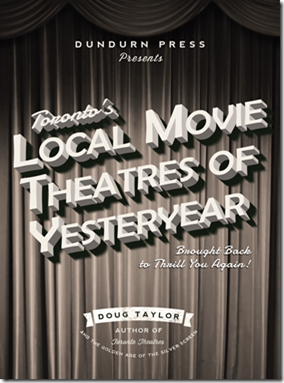The Black Bull, 298 Queen St. West, northeast corner of Soho and Queen Streets. This photo was taken prior to the renovations in 2012.
The sign attached to the south side of the Black Bull Tavern states that it was established in 1833. Sources differ on the year the tavern opened, some stating the year 1833 and others 1838. Whichever date is accurate, it is undoubtedly one of the oldest watering holes in the city. However, it cannot claim to be the oldest continually serving tavern in Toronto as for several decades the building was not employed as ale house. The Wheat Sheaf at King and Bathurst outranks the Black Bull in this regard.
When the Black Bull opened in the 1830s, the structures surrounding it on Queen Street were of modest height (one or two storeys), constructed of wood, many of them covered with stucco. Further west along the street, buildings diminished in number until there were only open fields and stands of timber. No one could ever have imagined the eclectic, colourful Queen West that exists today.
In the 1830, the Black Bull was typical of the structures of the period — a wood-frame, two-storey building, with a steep-pitched roof. The main doorway was located at the southwest corner of the premises, allowing patrons to enter from either Queen or Soho Streets, as the tavern was on the northeast corner of the intersection of these two avenues. The large door on the west side accommodated overnight guests staying in the rooms on the second floor.
Robertson’s Landmarks of Toronto, published in 1894 (Volume 1, page 457) states: “York was a hospitable place in the old days, for the places of entertainment in every section of town were very much more numerous, when compared to the population, than they are now.” The Black Bull was, “a favourite stopping place for farmers on their way to town from the west and north-west.”
For many, the tavern was central to the life of the community, which was continually increasing in size, as dwellings were being constructed to the north and south of busy, commercial Queen Street. Food and necessities for the homes were purchased on Queen Street, supplemented by two markets within easy walking distance — St. Patrick’s and St. Andrew’s Markets. It was common for shoppers to visit the Black Bull on market days.
Illustration is from Robertson’s Landmarks of Toronto (Volume 1, Toronto: J. Ross Robertson’s Toronto Landmarks, 1894). A swinging sign, a wooden water trough, and pump are beside the establishment, on Soho Street.
Sketch of the Black Bull c. 1912. It would appear it was inspired by the previous sketch. Toronto Public Library, r-238.
In 1861, the owner of the Black Bull added a third storey with a Mansard roof. During this year, patrons in the pub hotly debated the merits of confederation with the other North American British colonies. In 1885, an extension was constructed on the tavern’s north side, on Soho Street. This was the year of the Northwest Rebellion, when John A. Macdonald sent troops to western Canada to quell the Northwest Rebellion. In 1895, the establishment possessed 50 guest rooms. In 1910, the Black Bull was again extensively renovated, a red-brick cladding employed to encase the entire building. In this year, King Edward VII died, said to be the most popular British monarch since the mid-seventeenth century.
Sometime after the turn of the 20th century, the Black Bull’s name was changed to the Clifton House and it continued to serve the public for several decades under this name. However, it reverted back to its historic name, the Black Bull, in 1977. It appears that in this decade, it had a dubious reputation, the police sometimes summonsed to restore order. In April 2011, Toronto firefighters battled a three-alarm blaze that started in one of the upper rooms. Fortunately, it was contained.
The latest and most popular addition to the Black Bull is the patio, on its west side on Soho Street. It opened c. 1981, and is one of the most popular outdoor drinking venues in the city.
Google map, 2017 depicting the location of the Black Bull on Queen Street West.
Today, the pub is an attractive Second Empire style red-brick building, with yellow-brick pilasters (three-sided columns) on the west side of the 1885-addition. The main door, which at one time was at the corner, has been relocated to the Queen Street side. The slate-rock tiles on the roof survived until 2011, but were painted yellow.
During the restoration in 2012, the Mansard roof and third-floor windows were renovated, and the slate tiles were replaced with asphalt tiles. The pattern of the tiles was the same as the earlier ones of slate. Though not authentic, they are more in keeping with the original appearance of the building as they are slate coloured.
A postcard sent c. 1895 from the Black Bull. It was likely obtained from the check-in desk of the tavern. The message was on the reverse side of the card, which is addressed to S. David of 45 Sullivan Street, one block north of Queen. The card gives the room rates and states that the hotel possessed 50 rooms. The telephone number has only 4 digits. Because there is no postage stamp on the card, it is possible that it was delivered by a member of the staff of the hotel, as the address was only a five-minute walk away. Card is from the Baldwin Collection of the Toronto Public Library.
The Black Bull in 1972, when it was named the Clifton House. Toronto Archives, S 0841, Fl 0048, Item 0026.
The tavern in 1981, when the roof tiles were painted yellow. Toronto Archives, Fonds 1526, fl 0048, item 0026.
Yellow-brick pilasters (three-sided pillars) on the west wall of the Black Bull
# 3 Soho, attached to the north side of the Black Bull pub
Attached to the north end of the Black Bull is #3 Soho Street, a building that matches the brickwork of the pub. However, it is in the Richardsonian Romanesque style, with heavy stone blocks at its base and Roman arches above the windows and door. The most famous civic building constructed in this style is Toronto’s Old City Hall.
A PCC streetcar passing the Black Bull in April of 2012.
Mansard roof on the south side of the Black Bull (prior to renovations)
The old angled doorway is now a window (left side of photo) and the modern doorway faces Queen Street
West side of the Black Bull, with the popular sidewalk patio. This photo was taken prior to the restoration, the original slate tiles on the roof painted yellow.
The patio of the Black Bull on a hot summer night.
To view the Home Page for this blog: https://tayloronhistory.com/
For more information about the topics explored on this blog:
https://tayloronhistory.com/2016/03/02/tayloronhistory-comcheck-it-out/
Books by the Blog’s Author
“Toronto’s Theatres and the Golden Age of the Silver Screen,” explores 50 of Toronto’s old theatres and contains over 80 archival photographs of the facades, marquees and interiors of the theatres. It relates anecdotes and stories by the author and others who experienced these grand old movie houses.
To place an order for this book, published by History Press:
Book also available in most book stores such as Chapter/Indigo, the Bell Lightbox and AGO Book Shop. It can also be ordered by phoning University of Toronto Press, Distribution: 416-667-7791 (ISBN 978.1.62619.450.2)
Another book on theatres, published by Dundurn Press, is entitled, “Toronto’s Movie Theatres of Yesteryear—Brought Back to Thrill You Again.” It explores 81 theatres and contains over 125 archival photographs, with interesting anecdotes about these grand old theatres and their fascinating histories. Note: an article on this book was published in Toronto Life Magazine, October 2016 issue.
For a link to the article published by |Toronto Life Magazine: torontolife.com/…/photos-old-cinemas-doug–taylor–toronto-local-movie-theatres-of-y…
The book is available at local book stores throughout Toronto or for a link to order this book: https://www.dundurn.com/books/Torontos-Local-Movie-Theatres-Yesteryear
Another publication, “Toronto Then and Now,” published by Pavilion Press (London, England) explores 75 of the city’s heritage sites. It contains archival and modern photos that allow readers to compare scenes and discover how they have changed over the decades. Note: a review of this book was published in Spacing Magazine, October 2016. For a link to this review:
spacing.ca/toronto/2016/09/02/reading-list-toronto-then-and-now/
For further information on ordering this book, follow the link to Amazon.com here or contact the publisher directly by the link below:
http://www.ipgbook.com/toronto–then-and-now—products-9781910904077.php?page_id=21
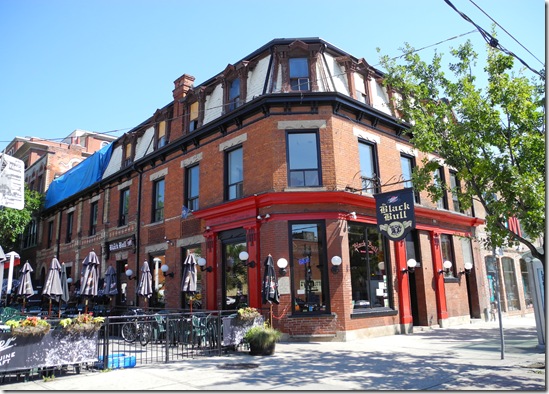
![c. 1835 Toro. Pub. Lib. b1-70b[1] c. 1835 Toro. Pub. Lib. b1-70b[1]](https://tayloronhistory.com/wp-content/uploads/2017/12/c-1835-toro-pub-lib-b1-70b1_thumb.jpg)
![1912 pictures-r-238[1] 1912 pictures-r-238[1]](https://tayloronhistory.com/wp-content/uploads/2017/12/1912-pictures-r-2381_thumb.jpg)

![ca1895-black-bull-vs[1] ca1895-black-bull-vs[1]](https://tayloronhistory.com/wp-content/uploads/2017/12/ca1895-black-bull-vs1_thumb.jpg)
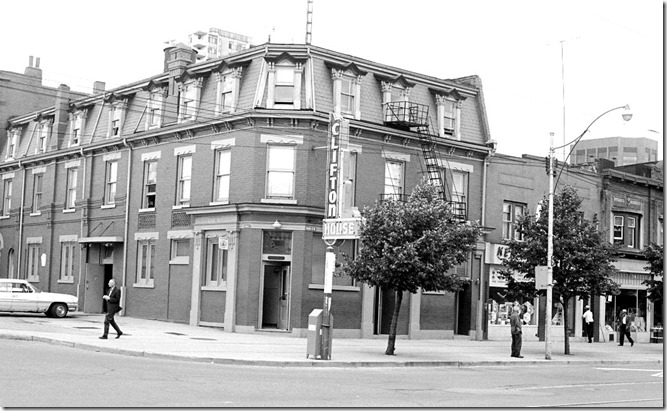
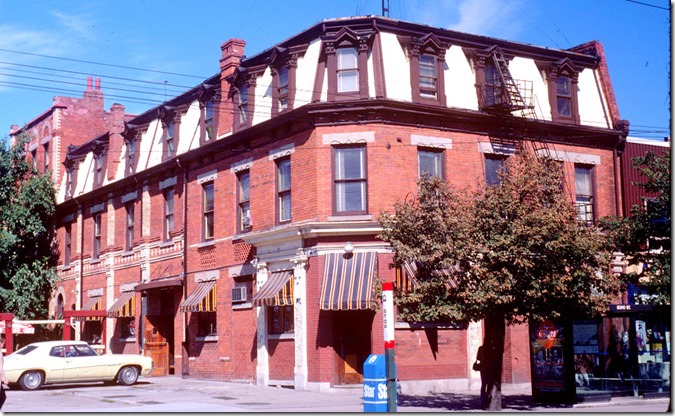
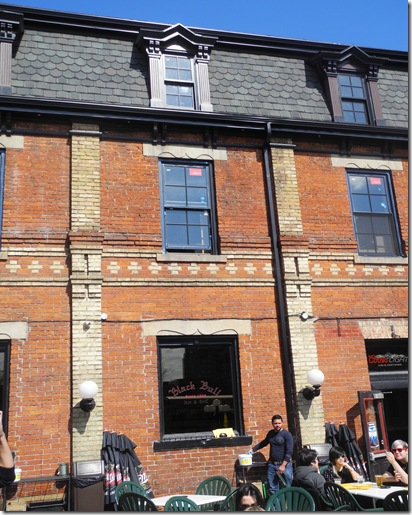
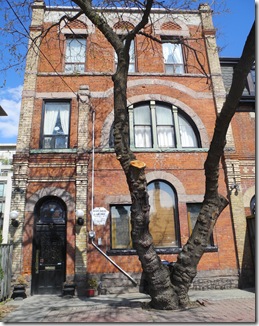

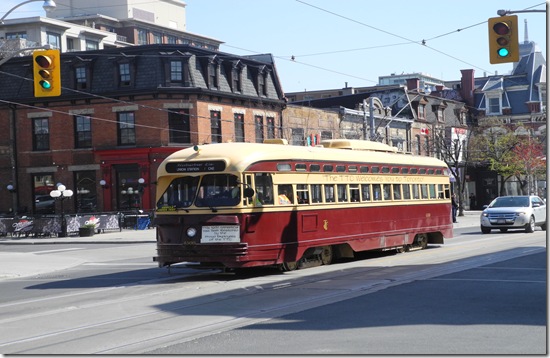
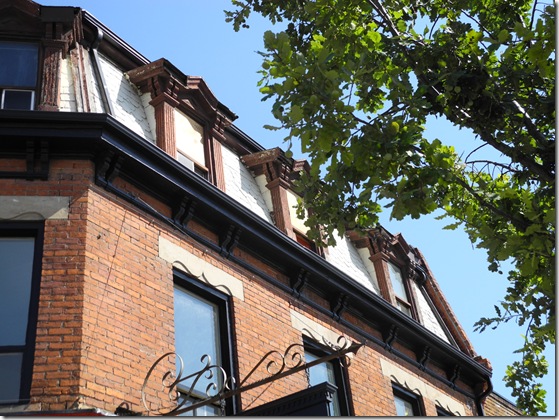
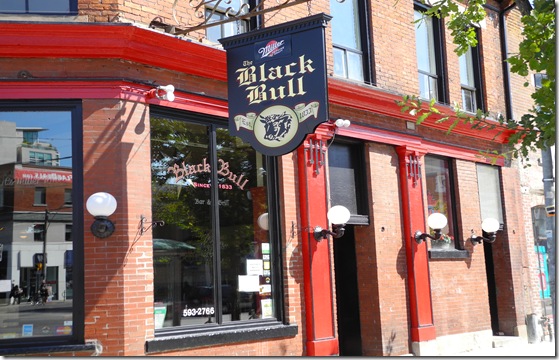
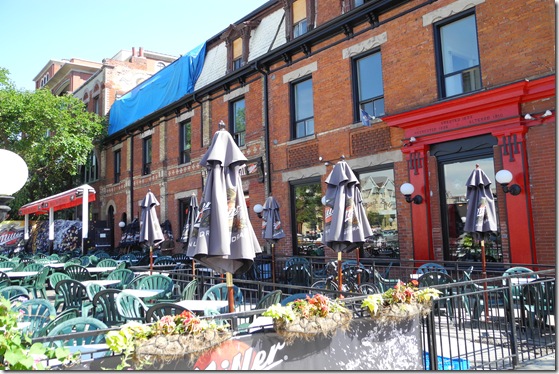
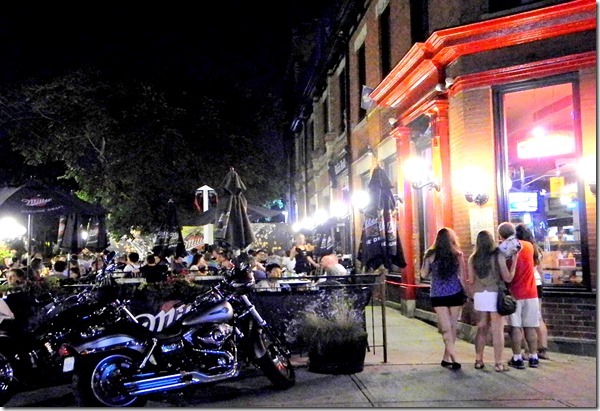
![cid_E474E4F9-11FC-42C9-AAAD-1B66D852[1] cid_E474E4F9-11FC-42C9-AAAD-1B66D852[1]](https://tayloronhistory.com/wp-content/uploads/2017/12/cid_e474e4f9-11fc-42c9-aaad-1b66d8521_thumb.jpg)
